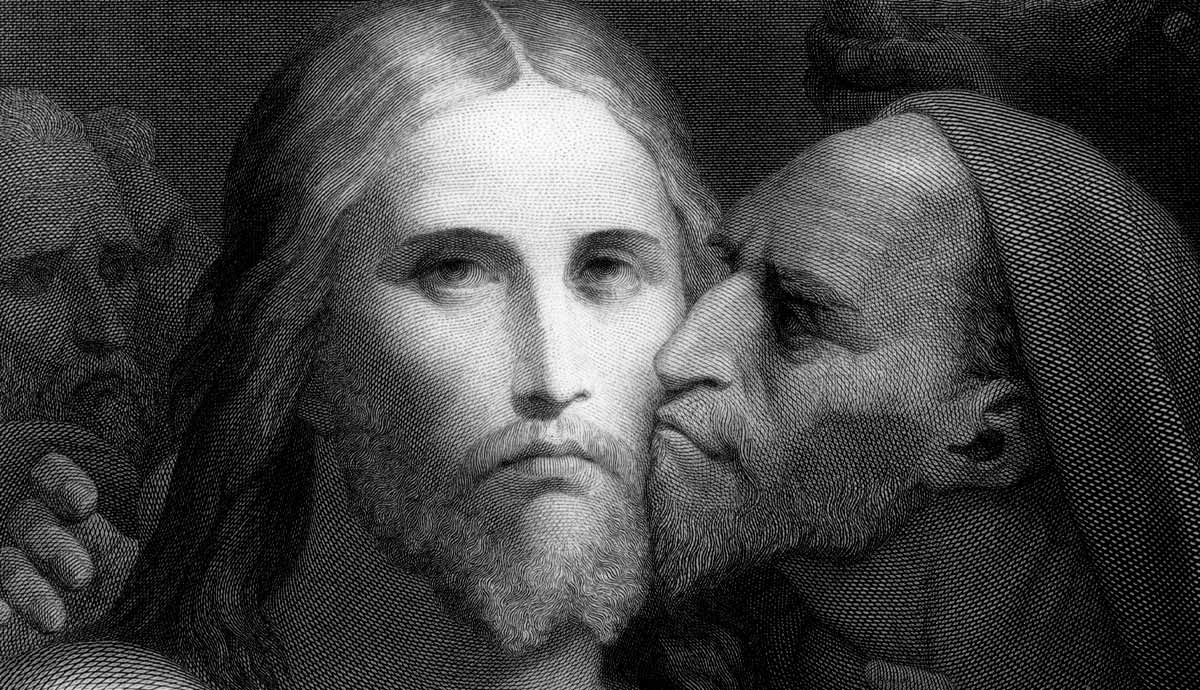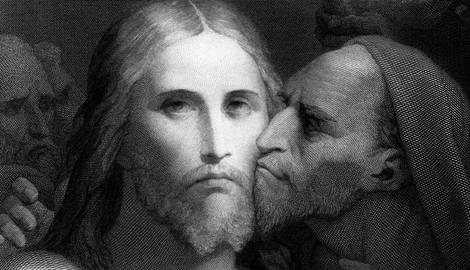
Of all the twelve disciples of Jesus Christ, Judas Iscariot is the most controversial and notorious. According to Biblical scripture he was present during many of the most pivotal moments of Christ’s time on earth, and ultimately, he betrayed Jesus by revealing His whereabouts in exchange for thirty pieces of silver, although he was beset by the burden of guilt following Christ’s execution. Here, we will cover the life and legacy of Judas Iscariot and his eventual replacement, Matthias.
Judas Iscariot: An Original Disciple

Judas Iscariot was one of the original twelve disciples of Jesus Christ during His earthly ministry. While Judas’ calling to the ministry was not recorded, it appears he did play a more major role in the life of the disciples. He served as the treasurer of the group, and was present at several important incidents, such as the woman who washed Jesus’ feet with her hair and expensive perfume.
Judas’ Role in the Crucifixion

Judas, who was recorded as being greedy, may have also been disillusioned with Jesus’ mission. On the night of Passover, Jesus proclaimed that one of the twelve was going to betray him. The confused disciples, unsuspecting of Judas’ intentions, questioned among themselves as to who the traitor would be.
John 13: 26-27 Jesus answered, “It is he to whom I will give this morsel of bread when I have dipped it.” So when he had dipped the morsel, he gave it to Judas, the son of Simon Iscariot. Then after he had taken the morsel, Satan entered into him. Jesus said to him, “What you are going to do, do quickly.”
Judas excused himself from the Passover meal after being handed the bread by Jesus and went to the ruling Jewish council called the Sanhedrin. There, he accepted thirty pieces of silver to betray and identify Jesus to the authorities. He would identify Jesus with a kiss, possibly to hide his betrayal (which Jesus knew was coming).
Judas After the Crucifixion

After the trial and crucifixion of Jesus, what became of Judas is one of the more confusing narratives in the New Testament. In Matthew 27, He appears to be remorseful to some level, and throws the money at the feet of the Sanhedrin. He then goes to hang himself.
In Acts 1:18, a more vivid picture is painted:
“… falling headlong he burst open in the middle and all his bowels gushed out.”
Whether or not the event in Matthew led to the event in Acts is unknown, and faithful Christians tend to believe that some part of the story of the suicide of Judas that allows harmonization between the two descriptions was not recorded.
Writings Attributed to and Associated with Judas

No genuine writings are known from Judas Iscariot. A second-century gnostic text, called the Gospel of Judas, was discovered in the 1970s and translated and published in 2006. It provides a narrative on the Crucifixion from Judas’ point of view, claiming that he was secretly given instructions by Jesus and the true faith was revealed to Judas rather than the other disciples. Iranaeus of Lyons, an early Christian leader, mentions the Gospel of Judas as having “blasphemous heresies.”
Judas’ Replacement: Matthias

After the death of Judas and the Resurrection and Ascension of Jesus, the disciples decided that a replacement for Judas Iscariot was necessary. Two men who may have been with Jesus since His baptism, Justus and Matthias, were nominated for the position. The disciples “cast lots” (a game of chance) and the position fell to Matthias. Following the Ascension, most sources show Matthias going into the modern-day Eastern European country of Georgia, and either being crucified or dying of old age.










